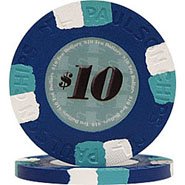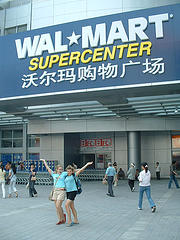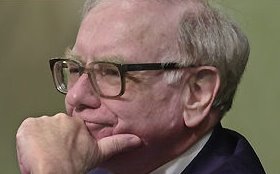
"We’ve made 30 to 40 times on our money in both Dell and AOL. Most investors rarely hold companies long enough to make 30 to 40 times their money. They’re lucky if they make 50, 100 or 200 percent. We’ve got not only 10-baggers, but 20-, 30- and 40-baggers. (10-bagger is a term popularized by Peter Lynch for a stock that increases 10 fold from your purchase price.) You get those only if you actually invest in companies as opposed to trading them and trying to guess when the stock is going to pull back. We don’t spend time trying to guess stock price action. We spend our time trying to value businesses. "
"When we analyzed Dell, for example, in February 1996, that was a period when you had rumbles of Fed tightening and everybody thought we were going to have a recession. Investors had sold tech stocks down to levels that looked to us to offer an opportunity. Most value people at the time were buying paper, steel, and aluminum, which also were down in the dumps. When we did all the valuation work on those companies, we concluded thay were not terribly attractive or mispriced by the market. Their business fundamentals were poor and were likely to remain so. On the other hand, when we looked at Dell, trading at the time around $1-2 on a split-adjusted basis, we saw a company that had a superior business model, excellent competitive advantages, growing at 25 to 30 percent a year, earning 30 percent on invested capital, and trading at five times earnings. Why would we ever buy a paper company at five times what they hope to earn if paper prices go up if we can buy a terrific company at five times today’s earnings? When we got further into the detail of the business, it looked to us that the market had systematically misunderstood the potential of the company. Historically, PC companies traded between 6 to 12 times earnings. Even when value investors were buying PC companies, they would buy at 5 to 6 times earnings, and sell when they got to 12 times earnings because that was the peak multiple these companies historically had attained. When we analyzed Dell, we concluded it was worth at least 25 times earnings as a business. If you were to buy the whole company, you would pay up to 25 times earnings, whereas the market had peaked valuation out historically at around 12 times. We thought it was worth about five times what the market thought it was worth. It’s highly unusual to find things that appear to be that mispriced, so we loaded up on it. As it turned out, we were right. We actually underestimated the ability of management to execute what turned out to be a very superior business model. Fortunately, because what we do is dynamic valuation, our models are updated every quarter or more often as we get more fundamental data. We’re always trying to figure out the underlying business value and the intrinsic value of the company. Earlier in 1999, Dell reached a level where we thought it was moderately overpriced, so we sold a fairly significant portion of it."




